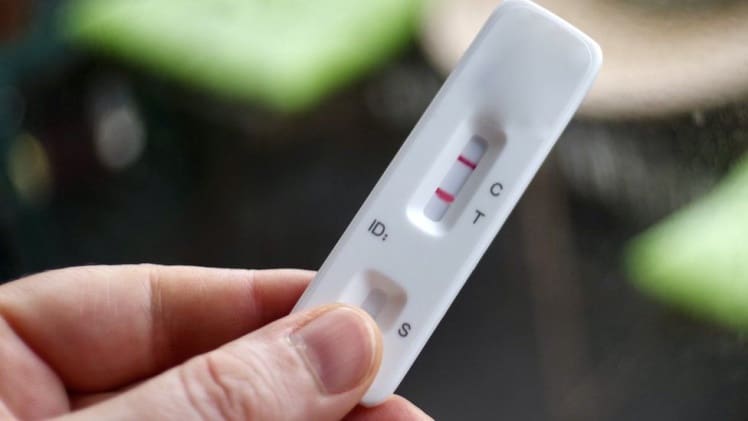The novel coronavirus pandemic has caused numerous disruptions to daily life, and one of the most important changes is the need to self-isolate if one is exposed to the virus. While the guidelines for self-isolating are fairly straightforward, the question of what to do in the event of a re-exposure is less clear. This article will explore the protocols for re-exposure, as well as the strategies for self-isolating in the event of such an occurrence.
Understanding Re-Exposure Protocols
Re-exposure to the novel coronavirus is a very real risk, as those who have been infected are not necessarily immune to future infections. This means that it is possible to contract the virus more than once, and protocols must be followed to prevent the spread of the virus.
The first step in understanding re-exposure protocols is to contact your local health department or health care provider. They can provide detailed guidance specific to your area and situation. Generally, however, it is recommended that individuals who are re-exposed to the virus self-isolate for 14 days, just as they would if it were a first-time exposure.
Re-exposure protocols also include testing for the virus. In some cases, testing is not necessary if the individual is already aware that they have been re-exposed. In other cases, however, testing is recommended to ensure that the virus has not been contracted again.
Isolation Strategies for Re-Exposure
Once it has been determined that an individual has been re-exposed to the virus, there are several strategies that can be employed to ensure that they remain in isolation.
The first step is to limit contact with others as much as possible. This includes avoiding contact with family members and other individuals who may be living in the same household. It is also important to limit contact with individuals outside of the home, such as through phone calls or video calls, unless absolutely necessary.
It is also important to limit activities that may increase the risk of exposure. This includes avoiding public places such as grocery stores, pharmacies, and restaurants. Additionally, it is important to practice social distancing and wear a face covering when outside of the home.
Finally, it is important to monitor symptoms and contact a health care provider if any new symptoms develop. This is especially important in the case of re-exposure, as it is possible for the virus to cause more severe symptoms the second time around.
===OUTRO

